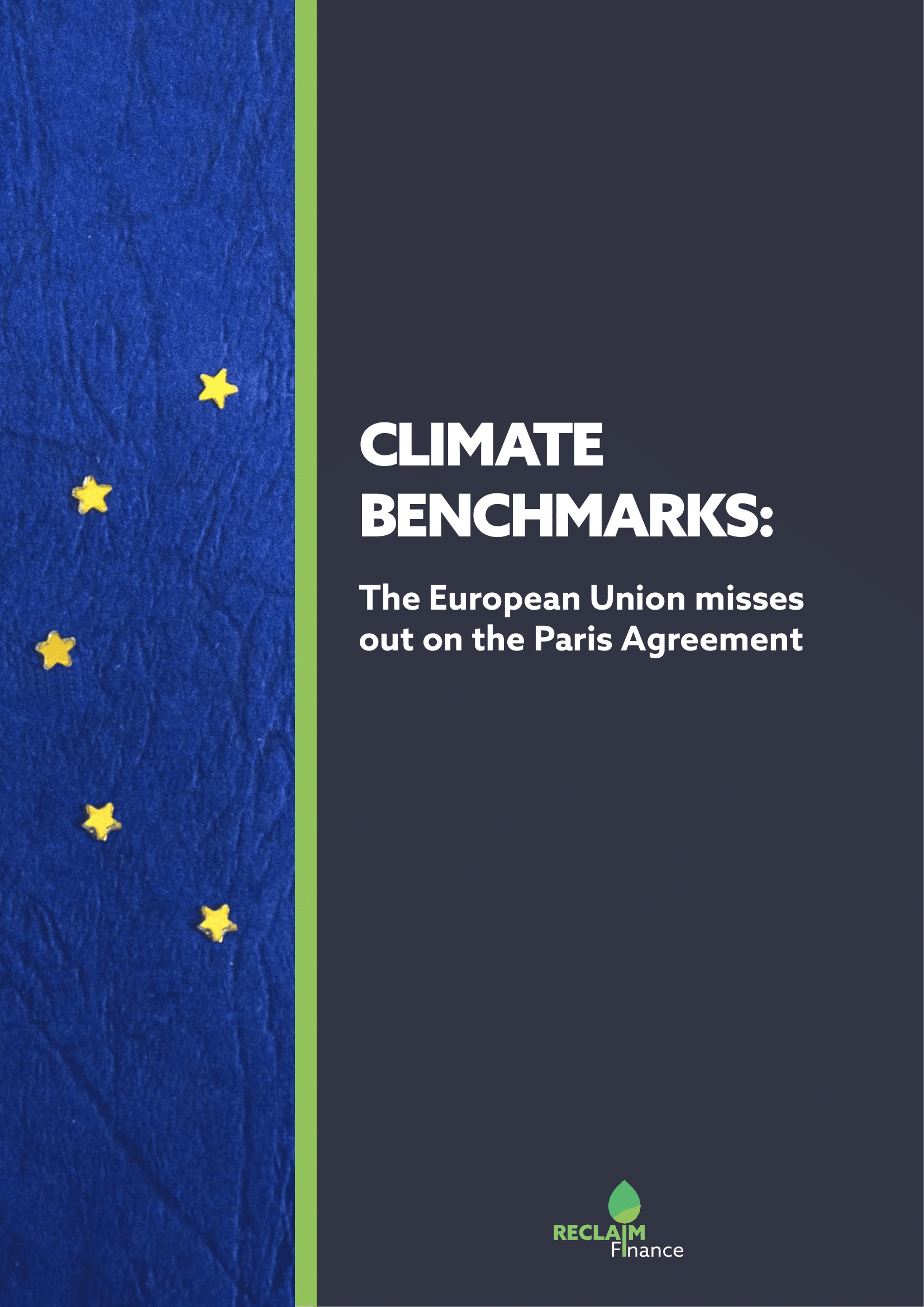
Climate Benchmarks: The European Union misses out on the Paris Agreement
With its “benchmarks regulation” the European Union wishes to create a common basis of minimum criteria to meet for “green” financial indices, and thus contribute to making finance compatible with the goals of the Paris Agreement.
This regulation consists of the creation of two climate index benchmarks that provide a blueprint to be followed for any green financial index. The two proposed index benchmarks are aimed at all index providers. They will allow them to use the name “Paris Aligned Benchmark” (PAB) or “Climate Transition Benchmark” (CTB) in the name of their indices if they meet the defined criteria.
The development of index investing
This regulation is particularly important and expected given the continuous development of passive index management, which merely replicates selected indices. Passively managed amounts already represent more than 20% of assets under management worldwide and are set to grow in Europe.
However, while asset managers increasingly recognise the need to align their investments with the Paris Agreement, exclusion and engagement policies made in this direction are almost always limited to actively managed assets, leaving index funds and passive management aside. For example, Lyxor AM and BlackRock, which respectively manage nearly half and more than two-thirds of their assets passively, do not apply their coal policy to their passive assets.
Insufficient benchmarks
While the EU initiative is welcome, the two European benchmarks remain insufficient to allow a proper alignment of funds with the Paris Agreement goals. Neither requires an absolute reduction in greenhouse gas emissions. Although the PAB goes further than the CTB by introducing sectoral exclusions, it also does not guarantee the exclusion of companies developing new fossil fuel projects.
Asset managers wishing to align their activities with a sustainable climate trajectory cannot, therefore, be satisfied with these two benchmarks.
They must develop indices based on the PAB and to which additional criteria should be added as detailed in this note:
- A target for absolute reduction of annual emissions.
- The exclusion of companies that develop new fossil fuel projects.
- A reinforcement of the current exclusion thresholds.
- A dynamic approach geared towards a gradual fossil fuel phase-out.
If there are not enough indices that meet these criteria, financial institutions, regulators and index providers must support their development.
The full note

